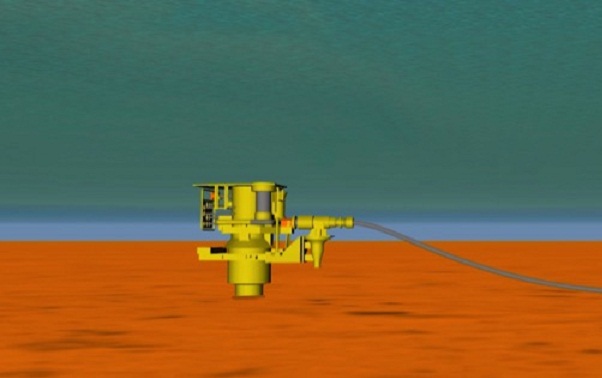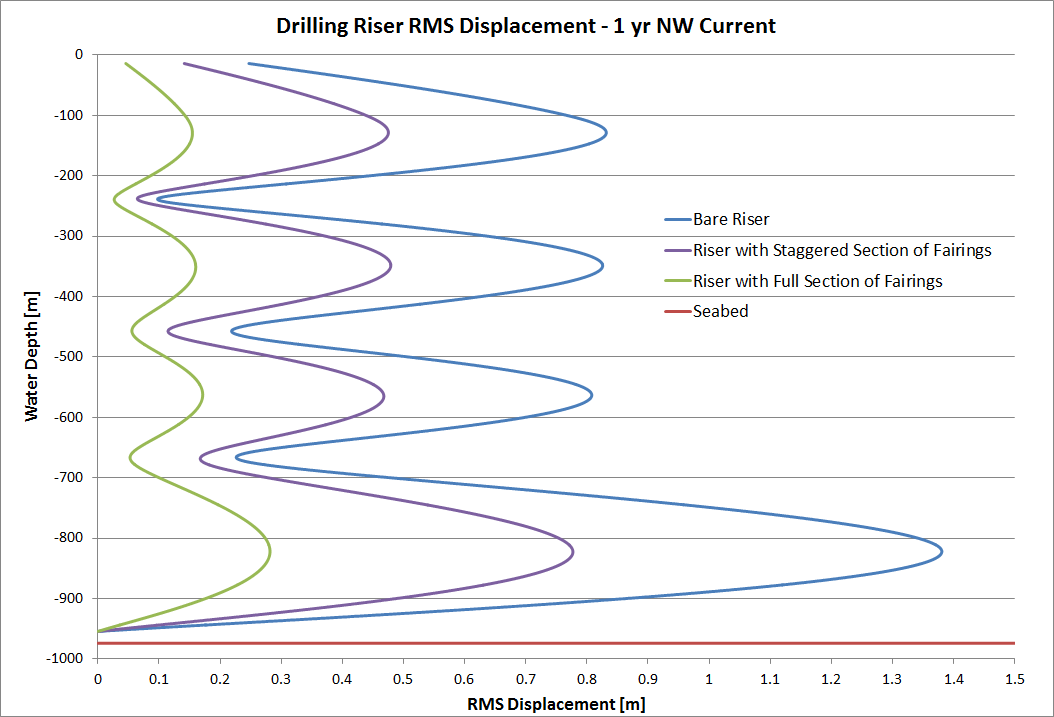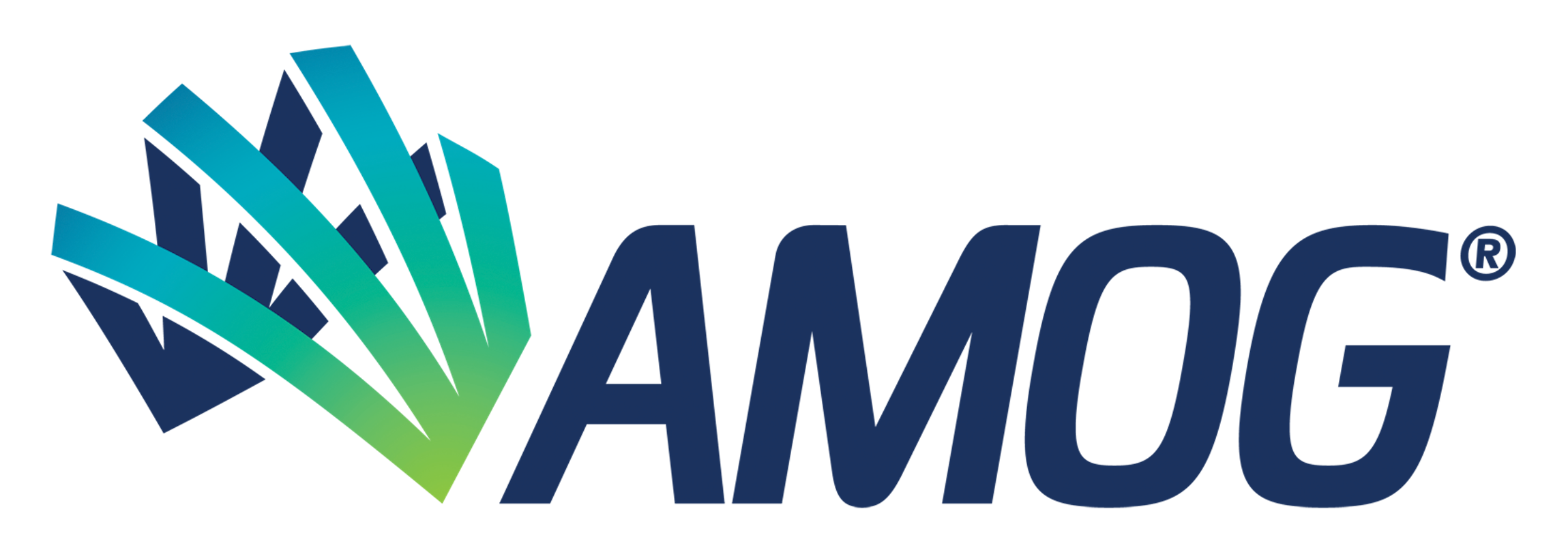Advances in VIV Prediction techniques follow closely at the heels of the offshore industry as it pushes into deeper and more hostile waters.
For operators in deepwater, VIV is recognised as a phenomenon that is capable of inducing fatigue failure of marine risers. The ability to predict stress levels and fatigue rates in risers, though, has long been limited and has historically trailed behind other advances in the offshore industry. This is especially true with sheared flows, where the fluid velocity of ocean currents varies with depth, since the problem becomes more critical in increasingly deep field environments.
In classical hydrodynamics, the behaviour of a short rigid elastically mounted cylinder submerged in a fluid flow is very well documented. VIV occurs when vortices of water spin off a riser’s wake. In certain conditions vortices are shed alternately from either sides of the cylinder. The resultant lift and drag forces excite forced oscillations off the cylinder and these oscillations are known as VIV. Set into a figure-eight motion a cylindrical structure becomes highly vulnerable to fatigue and failure. When the VIV frequency nears one of the natural frequencies of the structure, a resonance phenomenon known as lock-in takes place, amplifying the vibration and its destructive potential.
When the offshore industry started looking to develop fields in deep water, it soon became apparent that segmented elastic cylinders in submerged flow from classical hydrodynamics bore striking resemblance to their marine risers in ocean currents. In 1987, Shell International Exploration & Production (SIEP) began to study flow separation and vortex shedding past marine risers and subsequently developed numerous mitigation techniques. This included techniques like fairings and helical strakes, which to this day are used in VIV mitigation. The gains made in VIV suppression, however, had not yet shed light on the question of VIV prediction. The call came in the early 1990s, when Shell along with other industry leaders joined a Joint-Industry Project with the aim of improving VIV response prediction. This effort was spearheaded by Professor Kim Vandiver and his research group at the Department of Ocean Engineering at MIT who were tasked with developing numerical methods to predict VIV on marine risers. The VIV prediction program was named SHEAR7 after the elusive predictions of VIV in sheared flow. Since 1995 research funding has been secured through the SHEAR7 Joint Industry Project (JIP), made up of a consortium of major oil companies and contractors.
Today SHEAR7 is copyrighted by MIT and licensed by AMOG Consulting, Inc. AMOG provides commercial distribution, technical user support, and code development from its office located in Houston, Texas, where it hosts training events and the annual SHEAR7 User Group Meeting. This year the UGM celebrated the 20th anniversary of SHEAR7's inception and was attended by JIP members and Professor Kim Vandiver, together representing the driving forces behind the software's evolution.
Recognising the importance of continually strengthening the integrity of SHEAR7 predictions, AMOG benchmarks its prediction performance by comparing predictions to test data. Test data is obtained from both full-scale field testing and model-scale testing in ocean basins and flume tanks. For SHEAR7, users demanding high levels of prediction fidelity, AMOG routinely undergoes custom validation studies for its clients.
AMOG’s portfolio of services includes VIV studies for drilling risers, production risers, umbilicals, and free-spanning submarine pipelines. For risers AMOG has, for the past two decades, undertaken design and verification services investigating buoyancy distribution and optimisation of strake/fairing coverage and connector placements. In addition, AMOG has undertaken forensic investigation of drilling campaigns and has provided site-specific operational guidance ensuring clients maximum uptime of drilling operations. AMOG is recognised as an industry leader in VIV by ABS, ASME and DeepStar®.
Although a large volume of literature exists on VIV, much still remains unknown. Further numerical and experimental analyses backed by full-scale data will enable better VIV prediction and translate to lasting effects on fatigue prediction of risers and other offshore structures. AMOG is proud to be at the forefront of VIV prediction as fields are developed in deeper waters and VIV prediction becomes a critical factor in safe design and operation of risers and other marine infrastructure.
 Prof Kim Vandiver Celebrates 20 Years of SHEAR7
Prof Kim Vandiver Celebrates 20 Years of SHEAR7-
 N1 Manifold DirX3
N1 Manifold DirX3
If you would like more information on SHEAR7, please contact us via our website, www.shear7.com or you can contact AMOG Consulting at www.usa.amogconsulting.com (US Clients) or www.amog.consulting to understand how we can help you better understand the importance of VIV.

Drilling Riser VIV Graph

